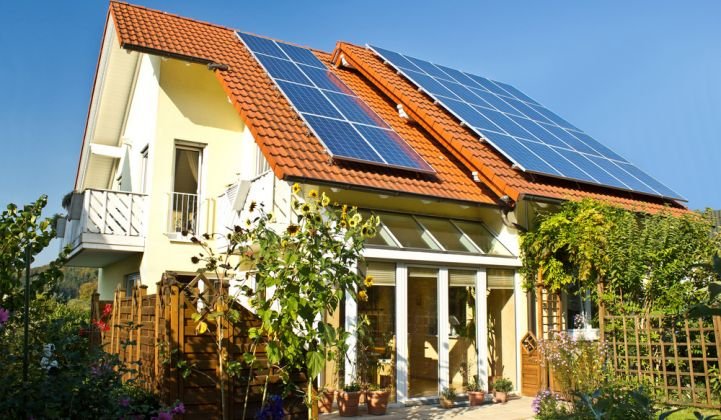Today, most solar setups are hybrid systems, which means they connect to the city grid and use that grid as a power source when the solar panels aren’t producing enough electricity to meet the home’s needs. While this is incredibly convenient and gives the user the best of both worlds, it does make it hard to tell if your solar panels are working properly. After all, if they fail, the lights don’t ever go out; you just go back to using the grid. Here’s what you should be checking to ensure your solar array is working.
Remote Monitoring
First, it’s important to note that most solar inverters (the central device in your system that converts the panels’ electricity for your use) are equipped with remote monitoring systems. Typically, this comes in the form of an app that allows you to check your system’s performance at any time. These apps are very thorough and will give you readouts regarding efficiency, energy saved, and so on. It also enables your inverter to send alerts directly to your phone if anything does happen to go wrong.
If you’re getting solar installed, make sure to speak with your installer regarding how you can monitor the system’s performance. If you already have a system installed, check to see if the model of the inverter you have can be remotely monitored.
Check the Inverter
As mentioned, the inverter is central to your solar setup, and as such, it’s the best place to look to ensure everything’s working properly. If you don’t have any remote monitoring capability on your inverter, you can look at the inverter itself to make sure all is well. Checking the inverter is fairly simple and straightforward.
When the sun is out, and your system should be working, check the indicator lights on the exterior of your inverter. A green light means all is well. But if the light is red or orange, you should check for an error code on the display because something is wrong. Once you have the error code, call the installer to figure out what the problem is and how to get it fixed.
The inverter’s screen can also give you a general idea of how your system is performing. While these readouts aren’t as thorough as those you’ll find in a remote monitoring tool, they can give you a general idea of how the system is running. Most screens will show you three figures:
- The number of kilowatts (kW) being supplied to your home at that moment.
- The number of kilowatt-hours (kWh) produced so far that day.
- The amount of kWh produced since the unit was installed.
When you know how to properly read your Solis inverter and its monitoring data, you can ensure your system is running efficiently.

